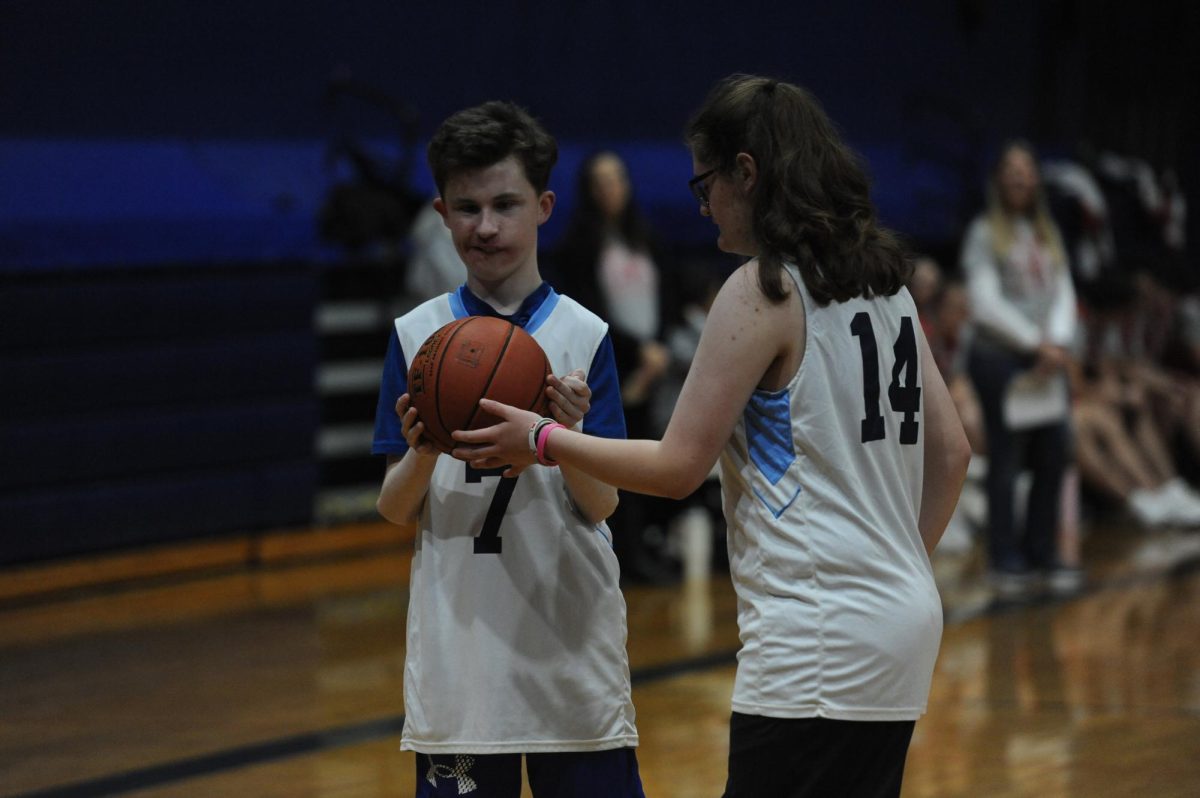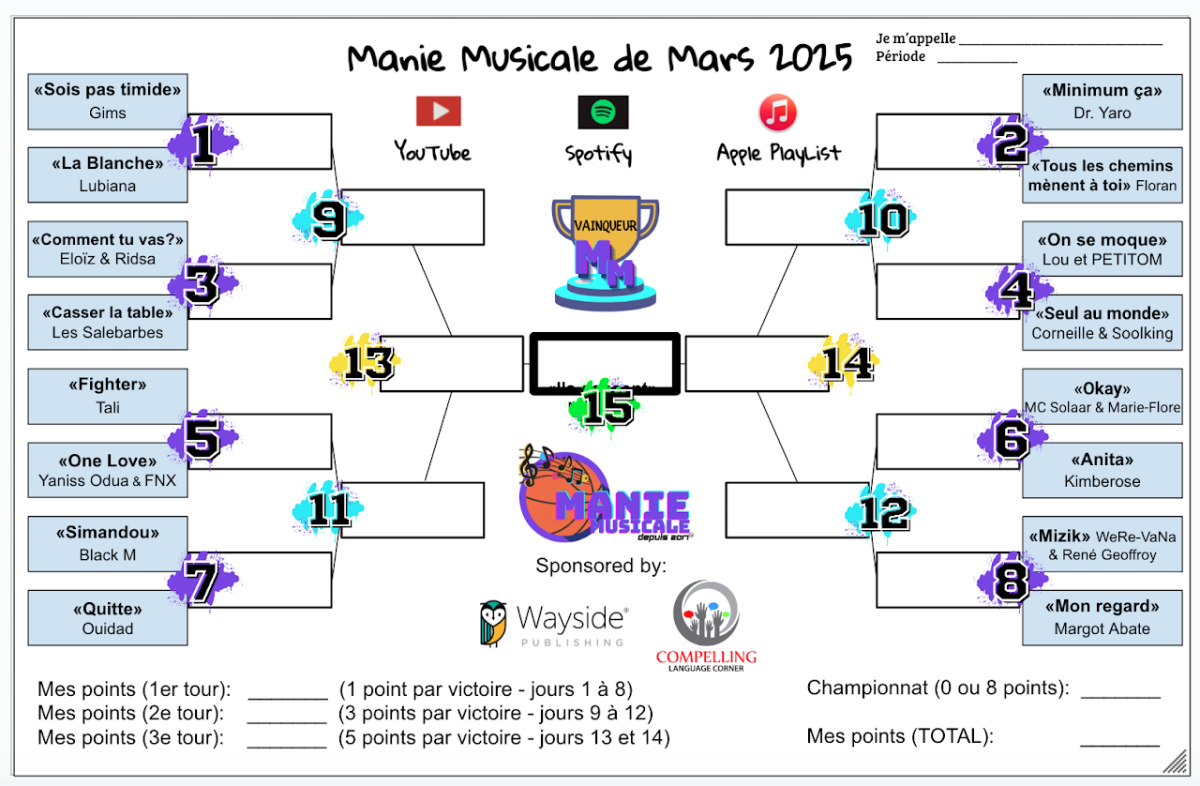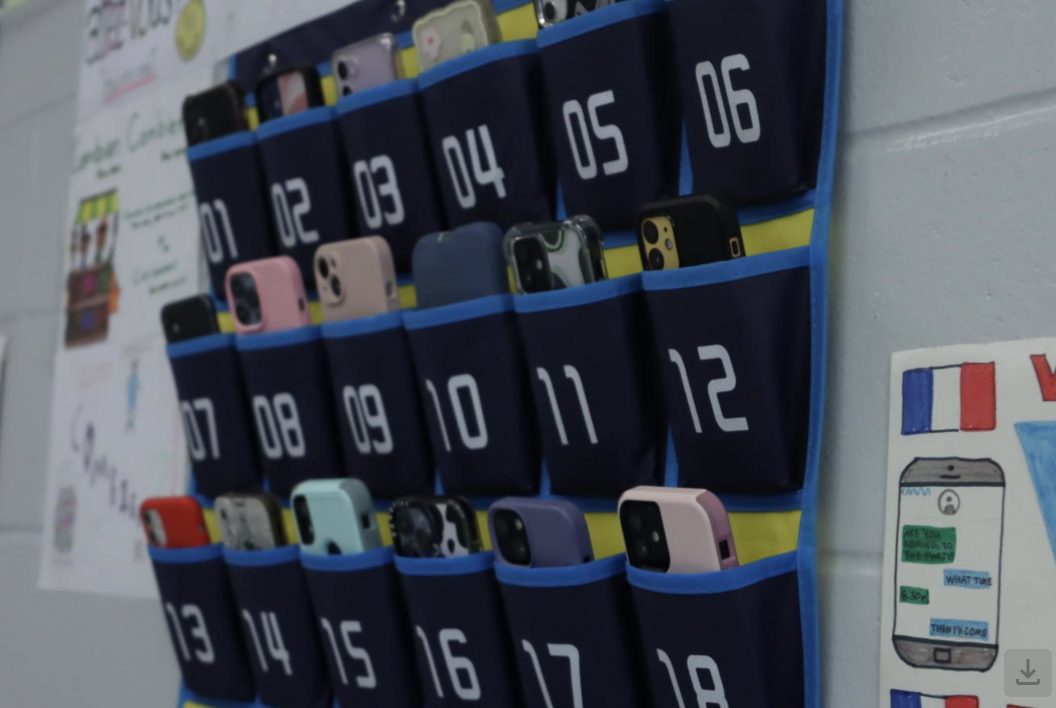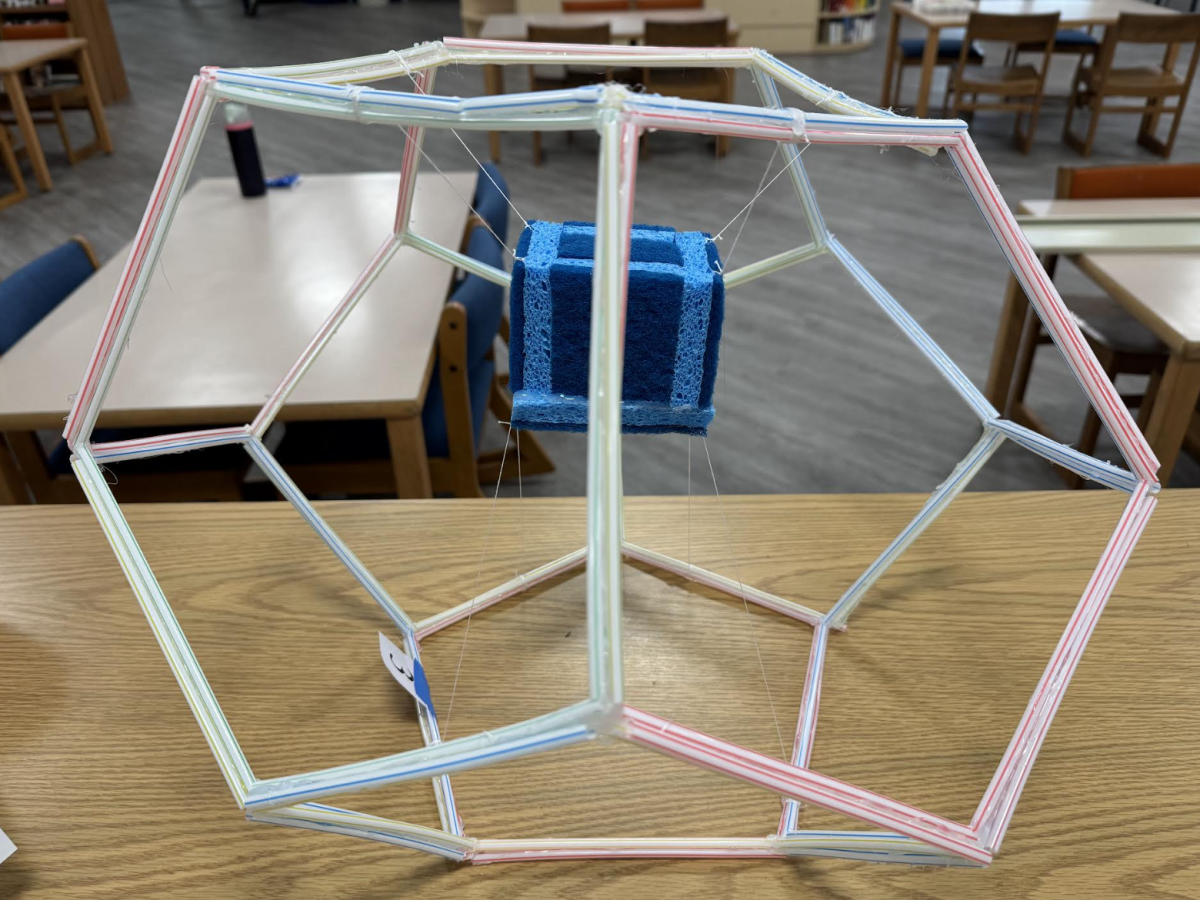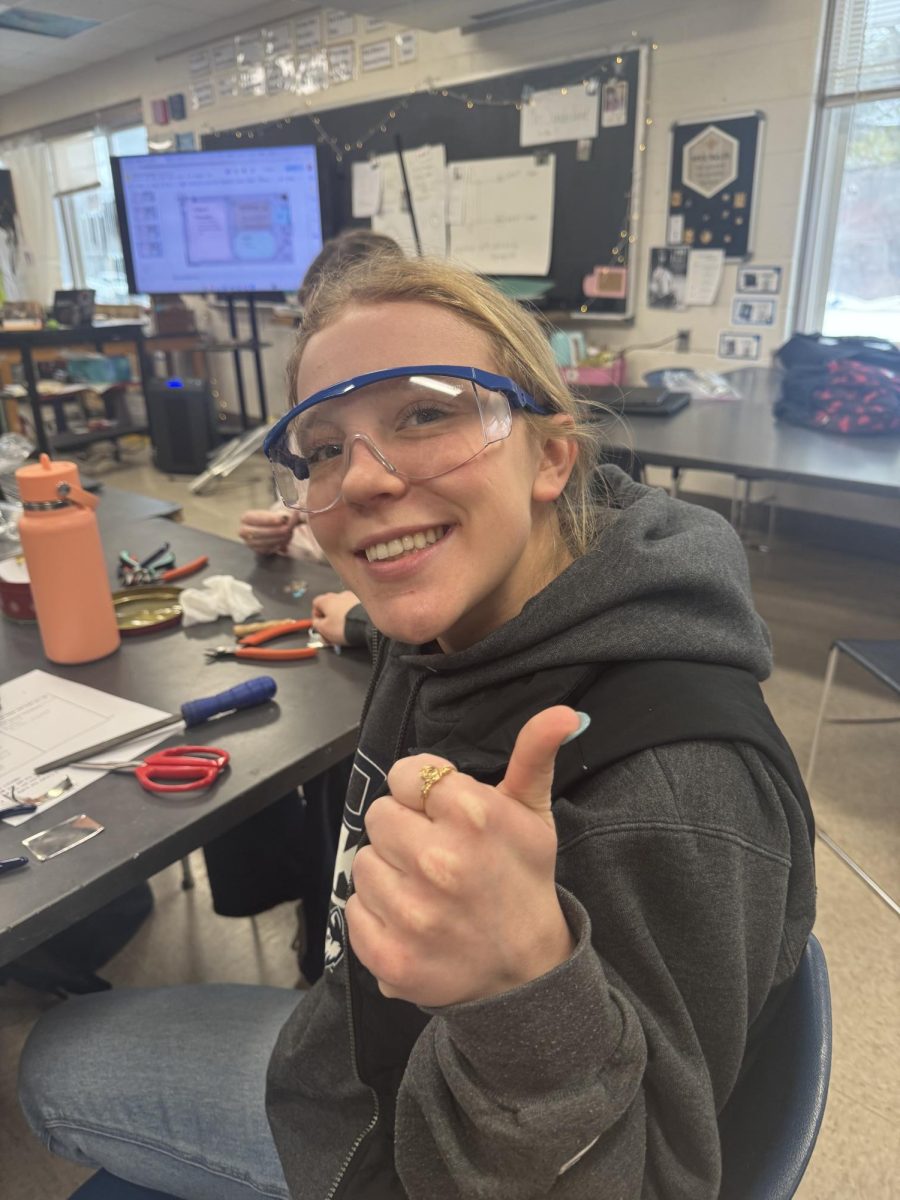Every year, junior and senior YHS students enrolled in physics are asked to design and create an egg drop device. The device must freefall from the top of the bleachers and hopefully return the egg unscathed. This year, AP Physics I, Honors Physics, and CP Physics were challenged with this feat, and given a few weeks to research, design, and construct. While designing a device to protect an egg may appear simple, students were under the constraints of design requirements, size limits, and, of course, the pressure of a deadline.
For 2024, all parachutes and engines were prohibited, the size of the device was limited to no more than 0.125 cubic meters, and no ground devices were allowed beneath the dropping point. A particularly inspired, non-official rule was no fire. This is due to a device that was made in 2023 that utilized the carbon dioxide fumes from a fire source to slow the fall of a paper lantern. In short, the device caught fire in the hands of Ms. Wiebe and proceeded to plummet to its eggy, fiery demise. Another non-official rule was no inappropriate designs, because yes, that has been done before. It was, however, put on display due to the design requirements not prohibiting “creative” choices. Nevertheless, all devices this year were to be displayed in the library for judging by the student population based on aesthetics and engineering.
The topics for judging included most artistic, most creative, and best designed. Over the past week, students came down from their science and english classes to vote for their favorites. This year the smattering of different devices contained many straw contraptions, stuffed animals, foam sponges, and even peanut butter. Moreover, many students themed their devices around a favorite animal, pop culture meme, or artistic niche. The final ratings have not come out yet, but there were many promising designs this year. After judging, the devices were dropped on various dates throughout mid-October. Dropping has since concluded along with the whole of the great egg drop project.
According to student reports of the event, many devices met their end on the gravel in a splattering of yolk and device. Overall, there was a higher proportion of egg drops that survived compared to those that did not. Students whose egg survived held their heads up high while those whose egg broke left the scene disheartened and down. Nevertheless, the egg drop presents other opportunities for growth through the device report. After the drop, students have the opportunity to explore the scientific principles behind the egg drop, and examine what went well and what went not so well in a paper. This often helps students reconcile with the success or failure of their device and learn more about the concept of freefall.
Although the annual egg drop forces students to craft a device designed to protect an egg, it is truly designed to teach students about freefall. Using the change in altitude, the time to fall, and the initial velocity (0 m/s), students can calculate the experimental acceleration due to gravity. This calculation can then be compared to the actual acceleration due to gravity which is 9.8m/s^2 and one can determine the percent error in their calculations. Regardless of device success, all students get the opportunity to experimentally determine the acceleration due to gravity and learn from their egg drop for the future. Ultimately, anyone who has partaken in the egg drop knows that it is an unforgettable experience in the high school career of a student at YHS.




